Van Gogh is famous for his harvest pictures, which he painted after he had arrived in the town of Arles in the south of France. Within just two weeks, he created a set of 10 paintings which are known as the “Harvest Series”, among them “Harvest at La Crau” and “Harvest in Provence”, all showing different stages of the harvest, until a thunderstorm brought the harvest season to an end. Van Gogh considered “Harvest at La Crau” to be his most successful peasant picture. In a letter to his brother Theo, he wrote about the paintingPainting is a fundamental form of visual art that has been practiced for thousands of years. It involves applying pigment to a surface such as canvas, paper, or a wall. Painting can be explored through various styles, techniques, and mediums, each offering unique possibilities for expression and creativity. Historical Background • Ancient Beginnings: The history of painting dates back to More: “That is the subject I have worked on this week on a size 30 canvas; it isn’t at all finished, but it kills everything else I have, except a still lifeStill Life refers to a genre of art that focuses on depicting inanimate objects. These objects are typically commonplace items, arranged in a composition to highlight their shapes, colors, textures, and forms. The genre is known for its attention to detail and the meticulous arrangement of elements, creating a sense of balance and harmony. Historical Background Still life painting has More which I patiently worked out.”
Where is the picture “Harvest at La Crau” today?
The original picture of “Harvest at La Crau” has been on permanent loan to the Van Gogh Museum, Amsterdam, since 1 July 1994.
What’s in it?
Vincent van GoghVincent van Gogh (1853 – 1890) is one of the renowned Post-Impressionist artists, best known for his striking use of colour, emphatic brushwork, and contoured forms. As a son of a pastor, the Dutch artist war brought up in a religious and cultured atmosphere. After working unsuccessfully as a clerk at a bookstore, as a salesman, and as a preacher More painted on the open field for almost ten days in June 1888, wanting to capture the ongoing harvest near the town of Arles. He combined the azure blue of the sky with green and yellow hues for the land as to capture the atmosphere of a summer’s day. Dryness and heat are almost palpable in this paintingPainting is a fundamental form of visual art that has been practiced for thousands of years. It involves applying pigment to a surface such as canvas, paper, or a wall. Painting can be explored through various styles, techniques, and mediums, each offering unique possibilities for expression and creativity. Historical Background • Ancient Beginnings: The history of painting dates back to More, the sun burning down on the peasants with ladders and carts on a half-mowed wheatfield.
What’s the context?
Van Gogh spent two years in Paris, where his artistic style was challenged and transformed. He saw himself thrust into a milieu of young avant-garde artists, who were experimenting with new styles such as ImpressionismImpressionism was an art movement of the 19th century developed in France, based on the practice of painting spontaneously out-doors (“en plein air”) rather than in the studio. Key impressionist subjects were everyday scenes and landscapes, in which the momentary and transient effects of sunlight should be captured. The artists worked directly in front of their subjects, using rapid brushwork More, Pointillism, and Cloisnonnism. He was introduced to Henri de Toulouse-Lautrec, Paul Gauguin, Georges Seurat, Camille Pissarro, and Claude Monet, whose artistic work had a strong impact on van Gogh. When he left Paris for Arles, a small town in the south of France, he was equipped with a unique style of his own, the use of vibrant colours and an energetic brushstroke, that he is most famous for today.
Chatter and Prattle
- Vincent van GoghVincent van Gogh (1853 – 1890) is one of the renowned Post-Impressionist artists, best known for his striking use of colour, emphatic brushwork, and contoured forms. As a son of a pastor, the Dutch artist war brought up in a religious and cultured atmosphere. After working unsuccessfully as a clerk at a bookstore, as a salesman, and as a preacher More had a collaborative “artist colony” for the in mind, renting rooms in the “Yellow House” on Place Lamartine in Arles. However, the first and last to move in with him was Paul Gauguin 1888.
- Even though the collaboration brought forth some unique pieces of art, the two artists had strongly differing understandings of art, leading to heated conflicts. Van Gogh wrote to his brother: “Gauguin and I talk a lot about Delacroix, Rembrandt &c. The discussion is excessively electric. We sometimes emerge from it with tired minds, like an electric battery after it’s run down.”
- When Gauguin threatened to leave the Yellow House, van Gogh became so agitated that he threatened the fellow artist with a razor. Later that night, he cut off his own ear. Wrapped in newspaper, van Gogh later presented his ear to a prostitute in the nearby red-light district.
- Later in 1889, Vincent van GoghVincent van Gogh (1853 – 1890) is one of the renowned Post-Impressionist artists, best known for his striking use of colour, emphatic brushwork, and contoured forms. As a son of a pastor, the Dutch artist war brought up in a religious and cultured atmosphere. After working unsuccessfully as a clerk at a bookstore, as a salesman, and as a preacher More painted his famous self-portrait with bandaged ear 1889.
Recommended Readings:
This article may contain compensated links. Please read Disclaimer for more info. As an Amazon Associate, I earn from qualifying purchases.
Ingo F. Walther et al. (2020): Van Gogh. The Complete Paintings
Vincent Van GoghVincent van Gogh (1853 – 1890) is one of the renowned Post-Impressionist artists, best known for his striking use of colour, emphatic brushwork, and contoured forms. As a son of a pastor, the Dutch artist war brought up in a religious and cultured atmosphere. After working unsuccessfully as a clerk at a bookstore, as a salesman, and as a preacher More (2020): The Letters of Vincent Van Gogh
Martin Gayford (2008): The Yellow House: Van Gogh, Gauguin, and Nine Turbulent Weeks in Provence
Steven Naifeh et al. (2012): Van Gogh: The Life (RANDOM HOUSE)
Steven Naifeh (2021): Van Gogh and the Artists He Loved

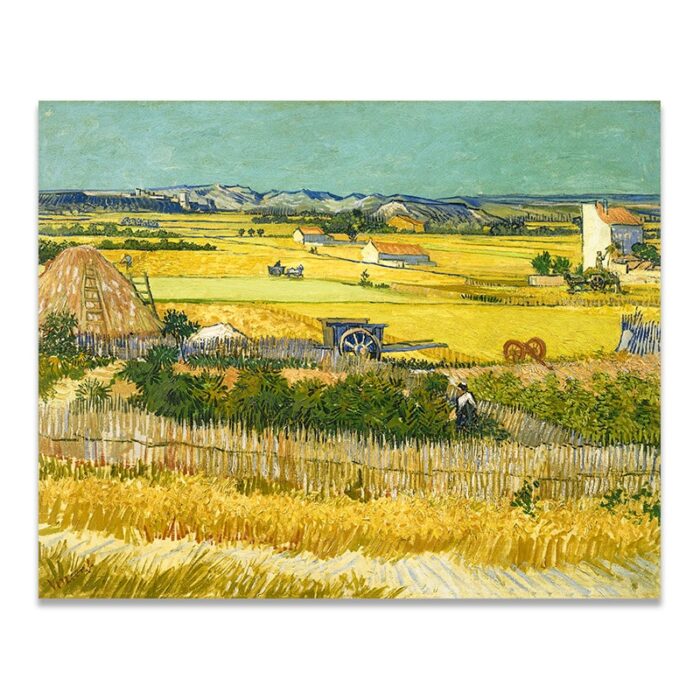
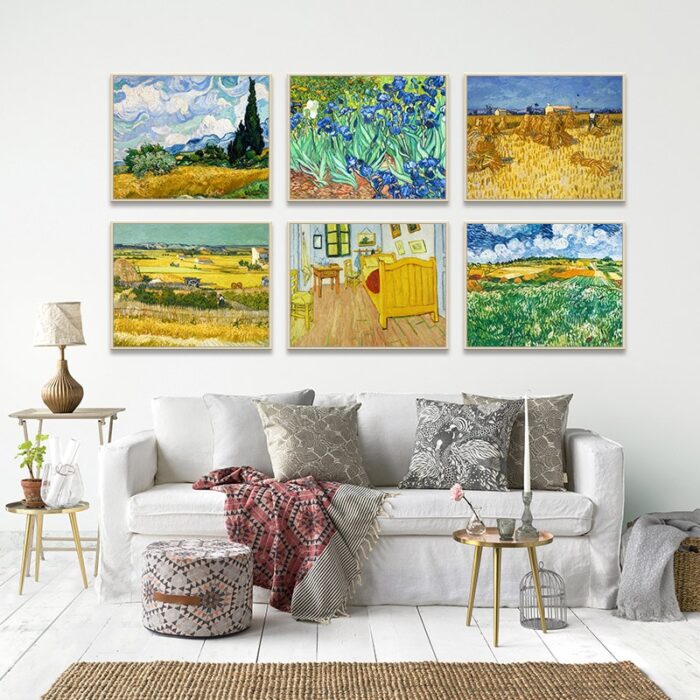
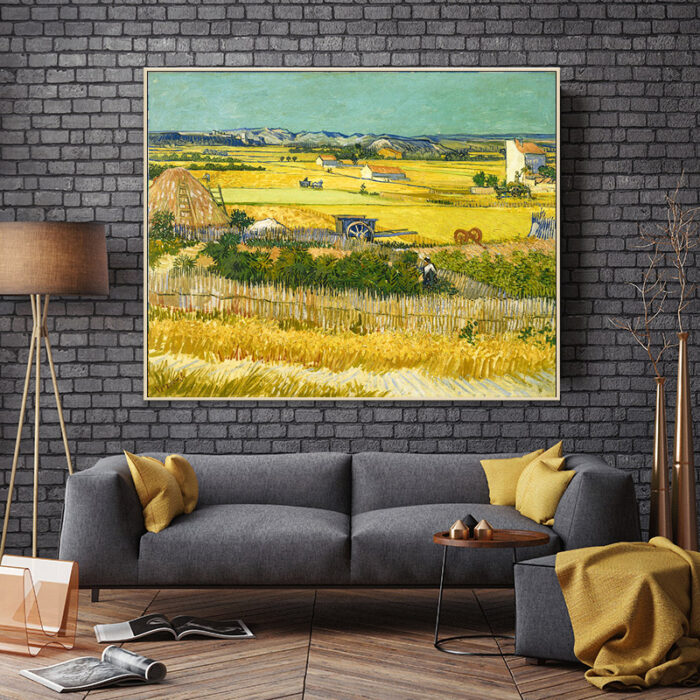

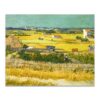

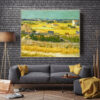
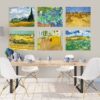

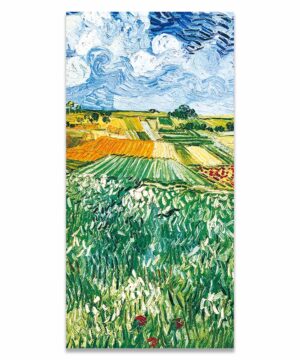
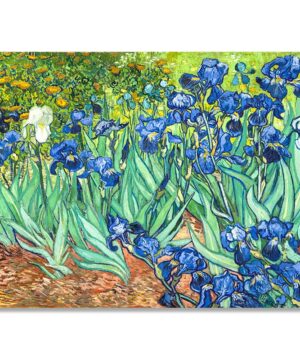
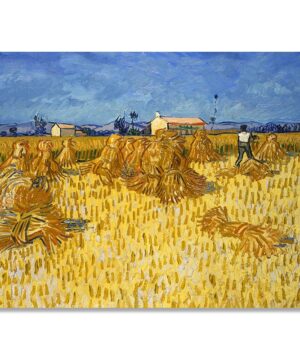
Reviews
There are no reviews yet.